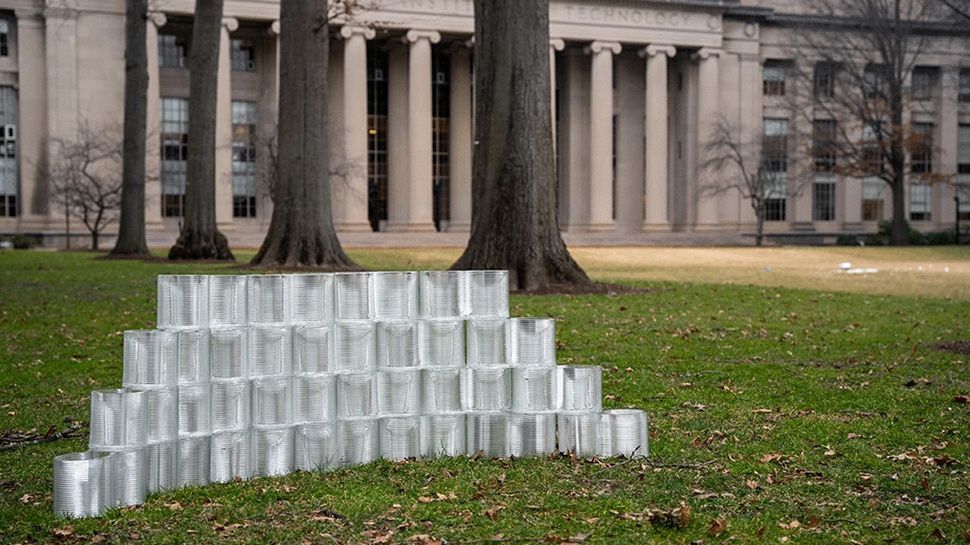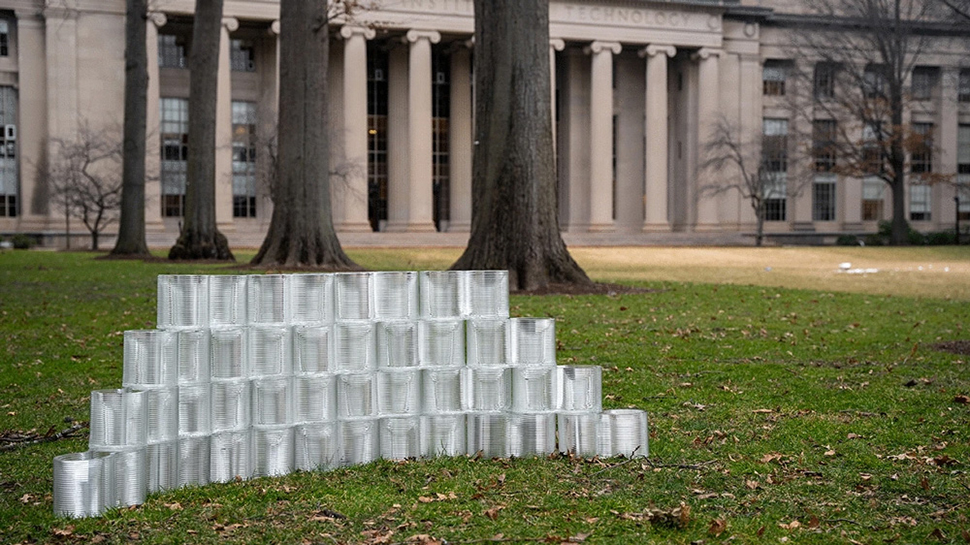Would you live in a glass house? Researchers have 3D printed glass bricks that mimic the popular Lego locking system and can be recycled infinitely


MIT engineers aim to make construction more sustainable by developing reusable bricks made from 3D-printed recycled glass.
The approach follows the principles of ‘circular construction’, focusing on reusing and repurposing building materials rather than creating new ones, with the aim of reducing carbon emissions from the construction sector – the greenhouse gas emissions associated with every phase of a building’s life cycle.
Using a special 3D glass printing technology from MIT spin-off Evenline, the team created strong, layered glass bricks in the shape of a figure of eight. These bricks snap together like Lego pieces, making it easy to build and take apart structures. The design allows the stones to be used again and again for walls and other parts of buildings, without the need for new materials.
Breaking people’s brains a little bit
The glass stones are made of soda-lime glass, a type that is often used in glass-blowing workshops. Each stone has two round pins that allow them to be attached to each other without glue. There is also a protective layer between the stones to prevent scratches and cracks, but this layer can be removed so the stones can be recycled, melted and printed into new shapes.
Testing by MIT showed that one glass brick can withstand a pressure comparable to that of ordinary concrete blocks. In a field test, researchers built a wall with these interlocking glass bricks, demonstrating that 3D printed glass masonry can be used many times in construction projects.
Kaitlyn Becker, assistant professor of mechanical engineering at MIT, said, “We create glass masonry that can be dismantled at the end of a structure’s life and reassembled into a new structure, or glued down. into the printer and turned into a completely different shape.” Michael Stern, founder and director of Evenline, added: “Glass as a structural material breaks people’s brains a little bit. We’re showing that this is an opportunity to push the boundaries of what has been done in architecture.”
The research team published their findings in the journal Glass constructions and technologydescribing the design and testing of the glass bricks. In the future, they want to build larger, self-supporting glass structures to further demonstrate the viability of this sustainable building material. “We better understand what the limits of the material are and how we can scale,” says Stern. “We’re thinking about stepping stones for buildings and want to start with something like a pavilion: a temporary structure that people can interact with, and that you can then reconfigure in a second design.”




